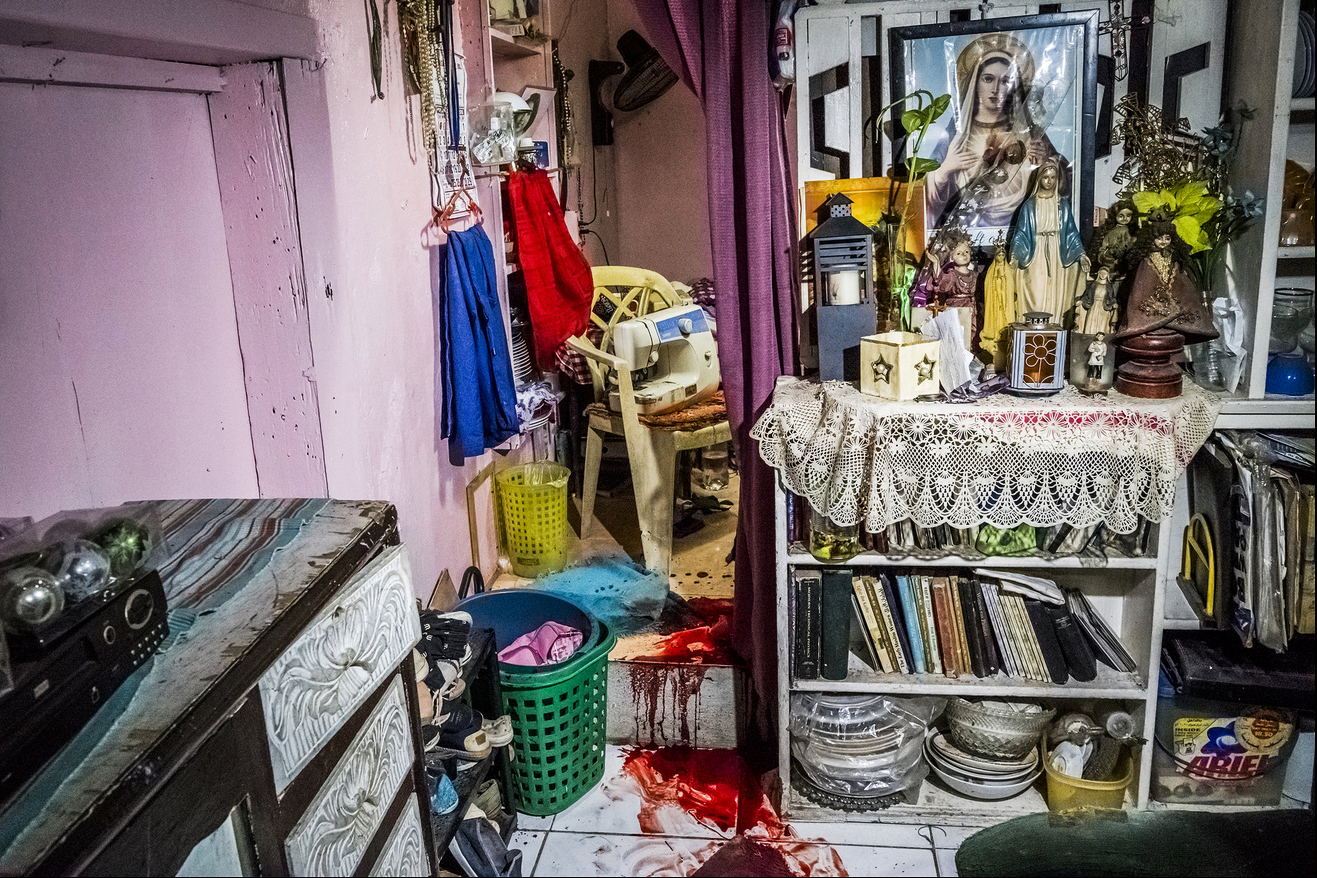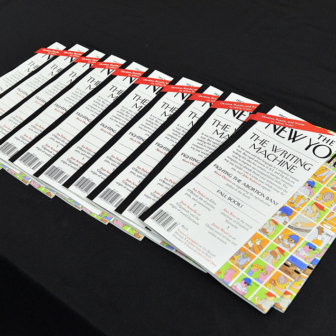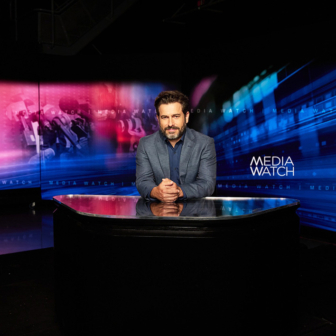Sydney-born Daniel Berehulak, widely regarded as one of the world’s leading photojournalists, was winner of this year’s Pulitzer Prize for Breaking News Photography. His winning entry, centring on his photo-essay for the New York Times titled “They Are Slaughtering Us Like Animals,” documents the reality of the war on drugs in the Philippines. It’s the latest in a long string of prizes for the photographer, including, remarkably, an earlier Pulitzer for his coverage of the Ebola crisis, also for the New York Times.
It is a distinguished career that began, in a sense, with volleyball. As a competition player in his youth, and keenly interested in sport, Berehulak became increasingly fascinated with how photography could capture the action of the sporting arena. Sports photography gave him his start in the profession — “I learned photography by shooting sports.”
Curiously, Berehulak (born in 1975) is not the only Australian photojournalist of his generation who covers conflict and displacement but began with sport. Trent Parke (born in 1971), the only Australian full member of the iconic Magnum Photos agency, and Ashley Gilbertson (1978), a member of the prestigious VII, both began by taking pictures of people playing sport — initially, the sport they themselves played. For Gilbertson it was his teenage obsession with skateboarding that got him started, his kinetic images of fellow skateboarders gradually tipping him in the direction of a career as a professional observer. Parke, a talented cricketer, was headed along the path of a professional sportsman, but photojournalism won out in the end.
It may seem a long way from an aptitude for skateboarding or cricket or volleyball to this level of international success in photojournalism, yet each of these photographers has in different ways acknowledged the crucial role that his early experience in sport and in sports photography played in developing photographic technique, methodology and approach. One of the fundamental rules for a sports photographer is to know who and what you are photographing. The names of the players and the time and location of the event are not merely supplementary to the image, they add meaning to the image, locating it in a particular time and place.
More crucially, perhaps, the “photographic moment” in sport is not simply there to be captured when it comes along. It must be anticipated. And to anticipate the moment requires a knowledge of the sport itself, of technique and game plans and the multiple quirks and predispositions of individual players. Just as the street photographer must develop an extra sense of what may be about to happen, of who is about to make a sudden movement or enter or depart the frame, so the sports photographer must be attuned to what might be coming next.
“Everyone is different,” Berehulak has observed of what sports photography taught him. “Their techniques are different, so in order to get a certain photograph, you need to understand their movement and motion” — you need to understand your subjects as individuals and to anticipate what they might do and be ready for it. Trent Parke has made a similar point arising from his own experience of photographing cricket: “In sports photography, if you wait until you see something happen, then, by the time you take your shot, the moment has passed.”
Berehulak has remarked several times on the trouble he takes to record, wherever possible, the names and relationships of the people in his photographs, however difficult or dangerous or merely confusing the circumstances. In 2010, when he was photographing the impact of the floods in Pakistan for Getty Images, one photograph in particular, of a boy and a man walking through the floodwaters with their shoes in their hands, seemed to embody that impact. At the time he could only caption it as “man and boy,” but Berehulak’s need for explanatory context was such that he returned a year later to try to discover his subjects’ identities. He was successful in his quest, thanks to a man who recognised the two figures in the image as a grandfather and his grandson, Ghulam Qadir, fifty-two, and Mueen Ibrahim, ten.
For Berehulak, rather than a picture being worth a thousand words, it is as if a picture needs at least a few words to anchor it in reality, to tie it to individual rather than representative lives, and to avoid the sin of romanticisation, by which the photographic subject, however ugly or distressing the original context, becomes merely beautiful. In his best work so far, the photo-essay for the New York Times that won him his second Pulitzer, Berehulak is careful to record the names of the victims of Philippines president Rodrigo Duterte’s anti-drugs campaign as he photographs their bodies sprawled in the street.

“Killed at Home”: The blood of Florjohn Cruz staining the floor in his family’s living room, next to an altar displaying images and statues of the Virgin Mary, among other items. Daniel Berehulak for the New York Times
The heads of the victims are sometimes shown wrapped in tape, their identities disguised by persons unknown, a visual reminder that they have ceased to exist. “What I was trying to do,” says Berehulak in a podcast accompanying the photo-essay, “was to give these people a face and a name.” As we scroll over the images, we can click on a link to read more. The “more” turns out to be not very much — a sentence or two giving the victim’s name, and perhaps a reference to his, or occasionally her, family. But it is enough to powerfully reinforce the effect of the image and ground it in biographical fact.
In many of these images we are shown the sprawled bodies as if on a stage, surrounded by onlookers — witnesses, police, mourners. The onlookers seem to act as an analogue of the camera and its capacity to witness and record. In one particularly striking image, “Killed at Home,” the body of Florjohn Cruz, thirty-four, has already been removed, leaving only his blood behind to stain the living-room floor. At first the room seems quite empty, until the eye goes to the collection of images and statues of Jesus and Mary and various saints, huddled together on the top of a bookcase, the point from which they watched it all happen. •




